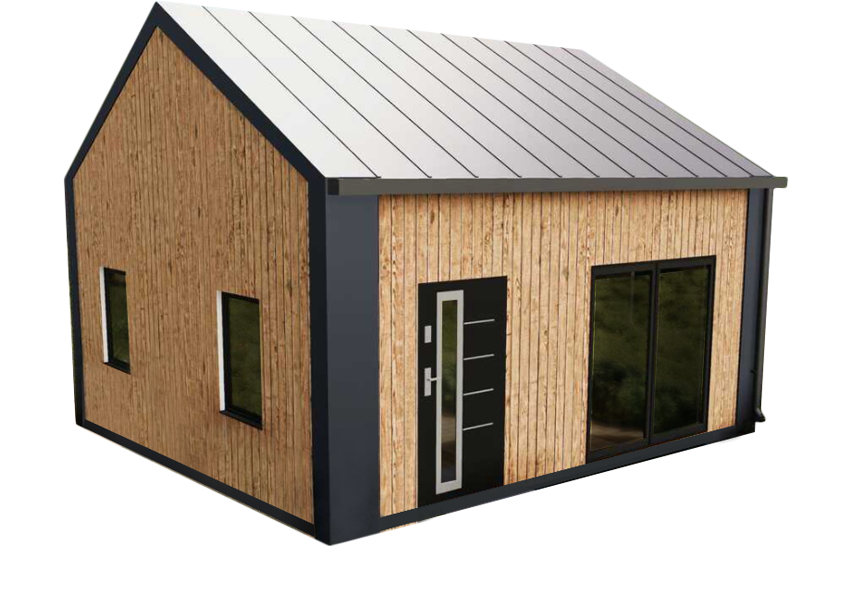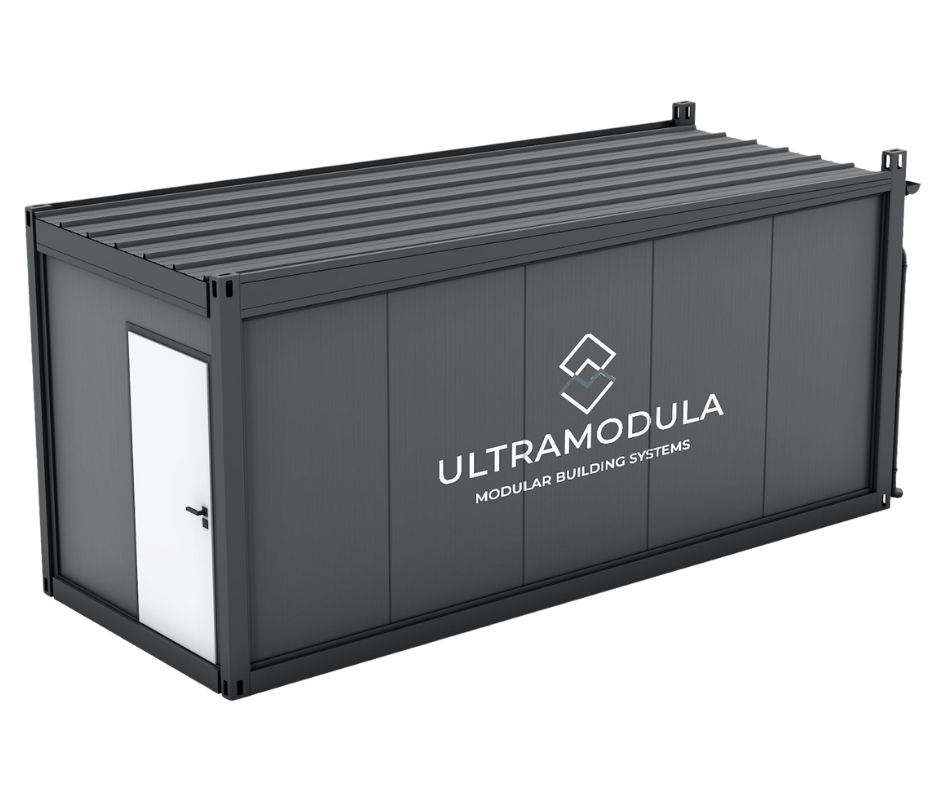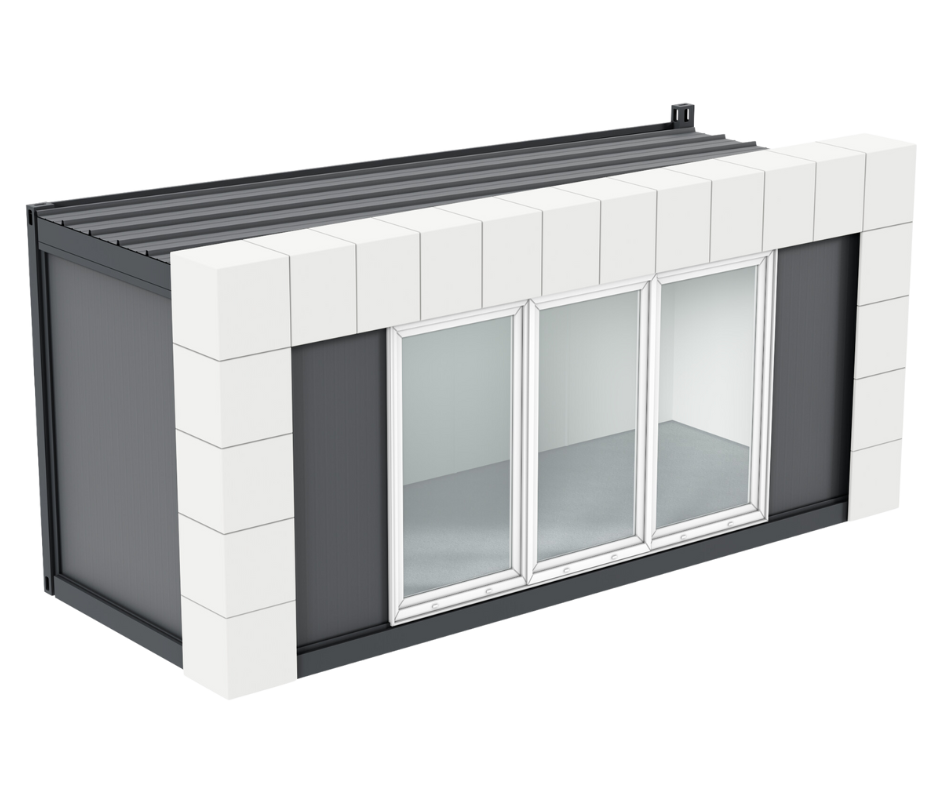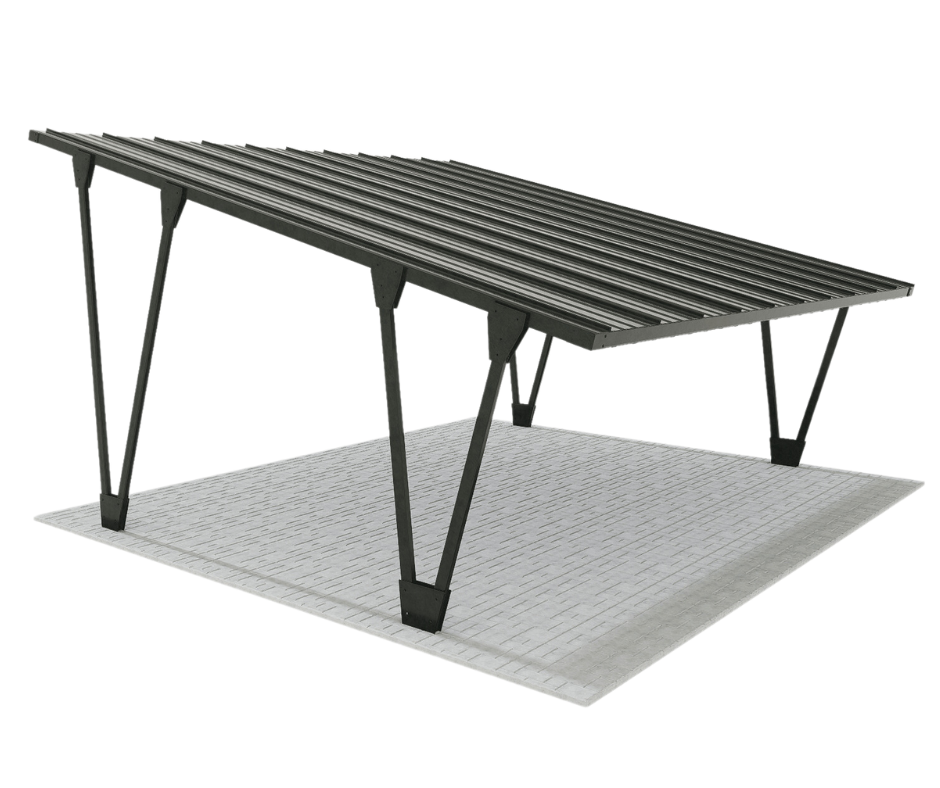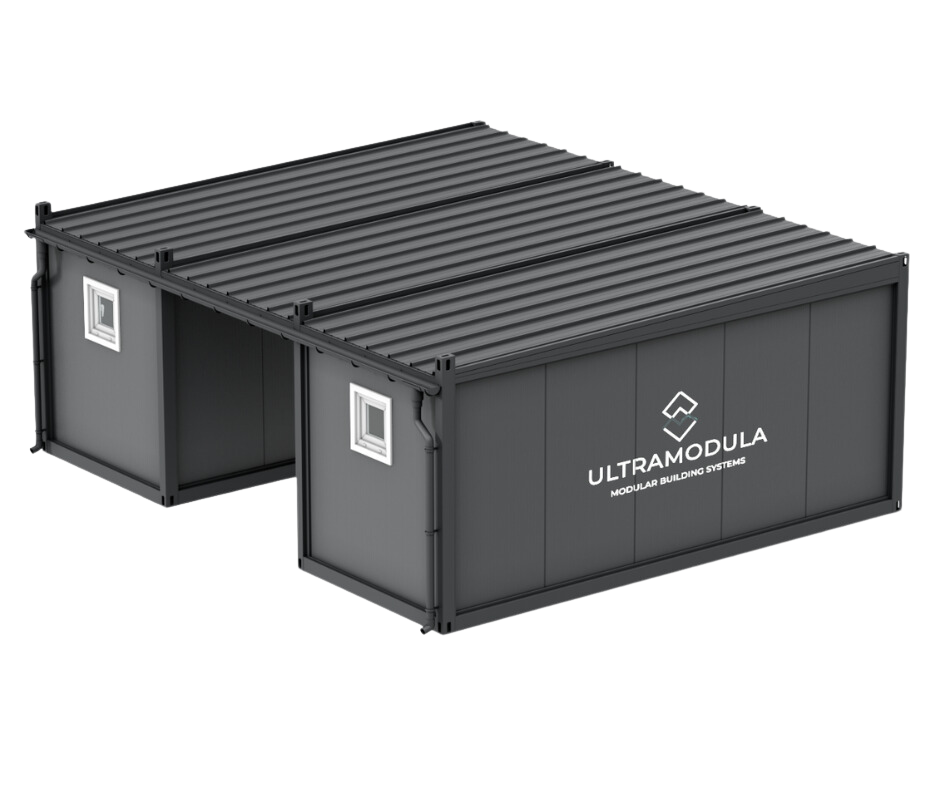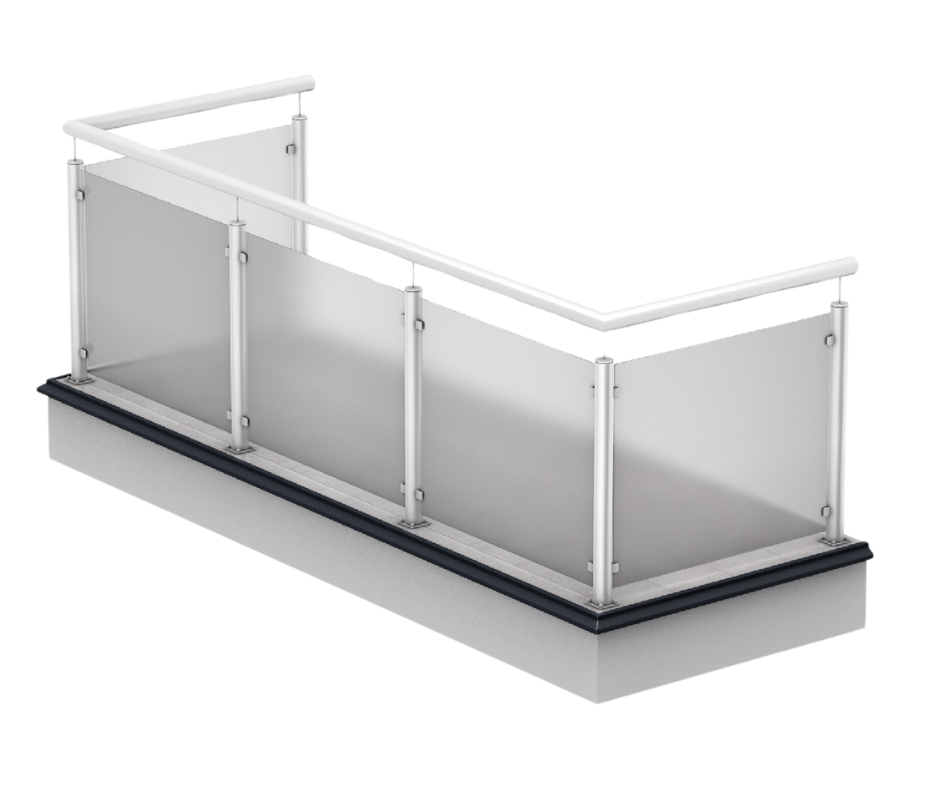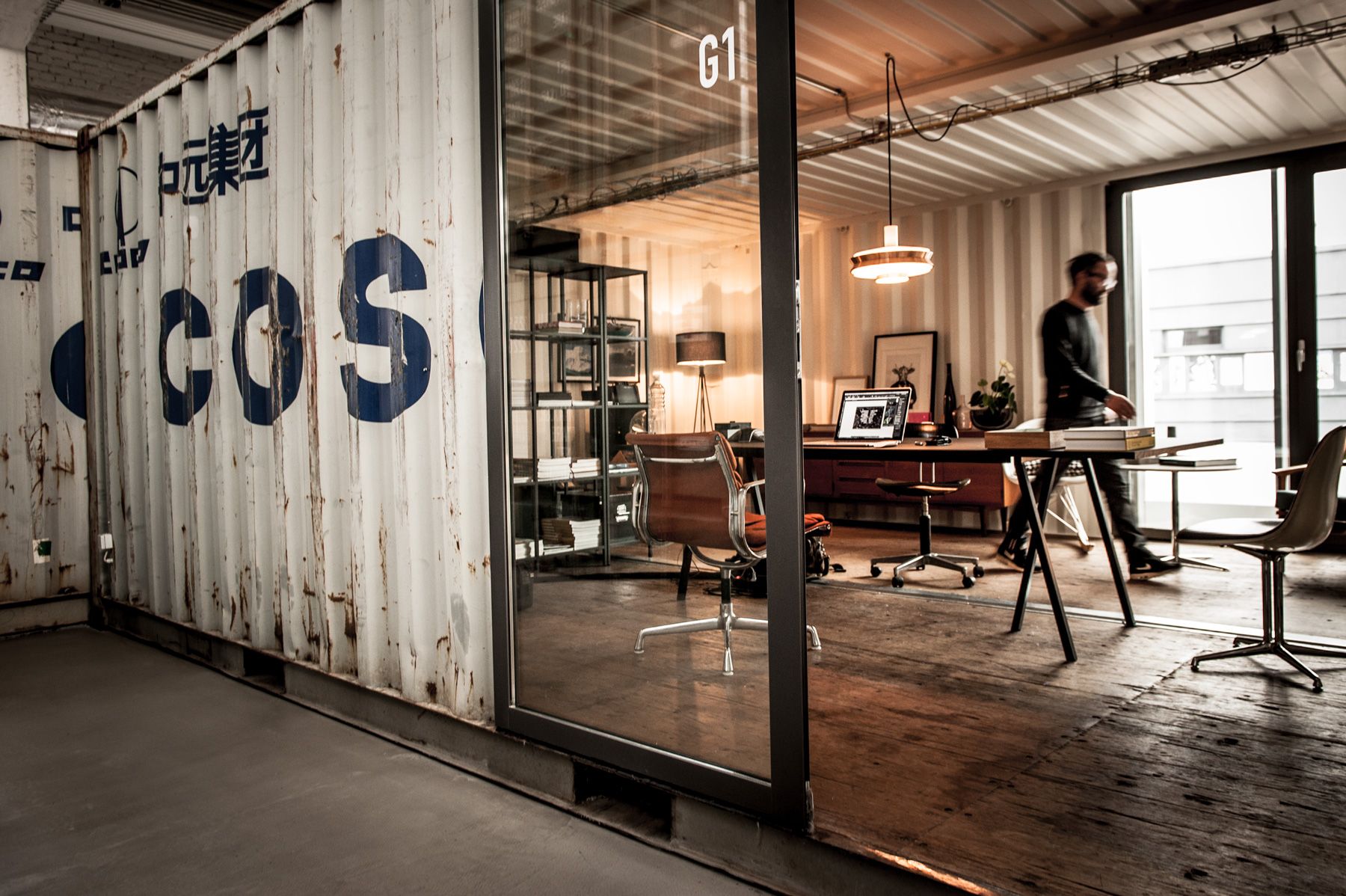
Quiet work zones in offices
In today's dynamic business environment, characterized by frequent changes and, therefore, the need to adapt, offices container are an extremely attractive solution for companies that emphasize flexibility and space efficiency. However, despite the numerous benefits of using offices container, it is worth being aware of the challenges facing the designer in ensuring optimal conditions for employees. In container offices, where space is often limited, one of the key elements is to focus on creating sufficiently spacious, quiet work zones.
Please remember that excessive noise in the workplace may negatively affect the ability to concentrate and the effectiveness of performing professional duties. This situation can, in turn, result in mistakes being made, lower overall productivity and increased levels of job stress. Moreover, the impact of noise is not limited to professional aspects - it can also have a negative impact on employees' mental health. That is why effective management of noise levels in workplaces and ensuring quiet work zones in container offices is such an important element of caring for the well-being of employees and the efficiency of the organization.
Good sound insulation is essential
In context container offices, where the walls can be thinner, a insulation acoustics is a bit of a challenge, you should look for solutions that will help minimize noise and create a quiet working environment. Therefore, choosing container na office, it is worth carefully analyzing the structure offered by the manufacturer and at the same time understanding what acoustic properties the individual materials used in the production of such objects have. It must not be forgotten that they are based on a structure derived from containers transport, built on a steel frame welded from cold-formed sections. To meet high quality standards, it is essential that the thickness of the material used for these shapes is at least 4 mm. This parameter not only ensures the stability of the entire facility, but also allows for stacking. It is worth emphasizing that the walls, roofs and floors of container offices are always properly insulated, both thermally and acoustically. Reputable manufacturers use mineral wool with a thickness of approximately 100 mm, often combined with a vapor barrier foil. An additional insulating layer is usually a laminated board attached from the inside.
Steel and sound transmission
Sound transmittance, density, damping coefficient and resonance are the basic features that influence the acoustics of materials. Steel has low sound transmittance, which means that it is more difficult for noise to penetrate steel compared to lower density materials. At the same time, its high density makes it an effective conductor of sound (in other words, it conducts sound along its structure). It can therefore constitute an effective noise barrier, especially when used in thin layers or as a structural element of appropriate thickness.
Steel has a very moderate damping coefficient, which means that it is able to absorb sound to some extent - but compared to many other materials used for sound insulation, its ability to dampen sounds is limited. Moreover, due to resonance frequencies that may increase sound emission, it is necessary to use additional insulation solutions when using steel in the structure.
Insulation and acoustic comfort: mineral wool
The material mineral wool is an excellent complement to steel structures that may tend to resonate. Its unique structure makes it an effective material for sound and noise suppression, both indoors and when isolating external sounds, which significantly improves acoustic comfort. Thanks to its microporous structure, mineral wool effectively absorbs and disperses sound waves. It therefore helps to effectively reduce echoes and reverberations in rooms.
Its use can be diverse - from ceilings, through walls and floors, as well as in ventilation and air-conditioning installations. Mineral wool is a key solution in the context of soundproofing, especially in the case of many container facilities, including offices.
Laminated board – sound absorption
Manufacturers of container offices use laminated board as a finishing material due to its high durability, which translates into long-term use, but also because of its ability to absorb sound.
Laminate board has a good level of sound absorption, which means it is able to absorb and dampen sound waves. This reduces the amount of sounds reflected from the surface, which results in limited echo and resonance inside the rooms. This material is also resistant to deformation and cracks, which positively affects its durability in the context of acoustic applications.
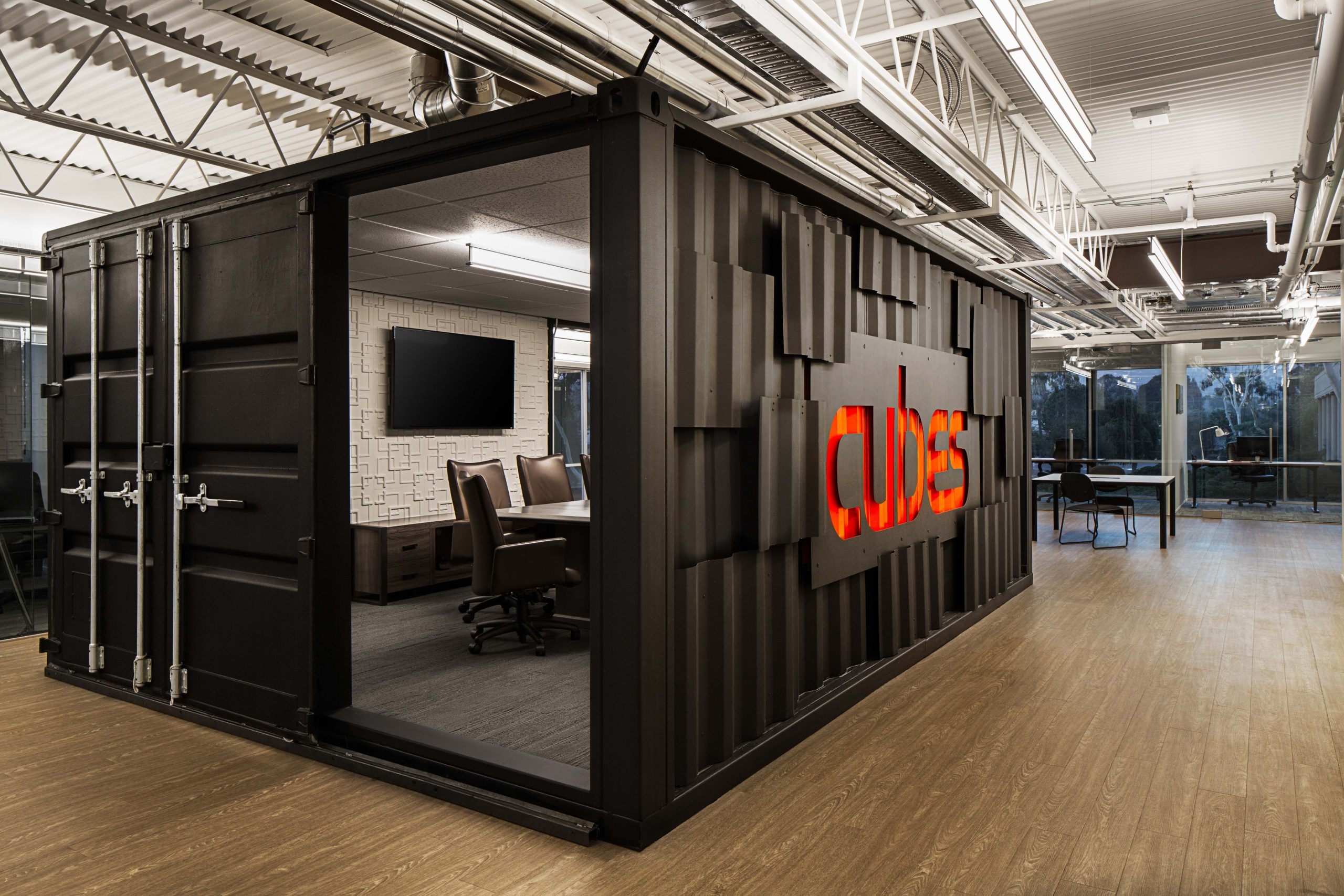
Quiet work zones in container offices
How to design quiet work zones in container offices step by step
Before starting any interior design process, including office ones, a thorough needs analysis should be carried out. One of the most effective tools for identifying employee expectations are surveys and workshops. Conducting surveys allows you to collect general preferences, while workshops enable deeper interaction with office users, and thus learning about their individual needs related to the type of work performed. When analyzing employee needs, designers should pay particular attention to:
- individual preferences, as understanding whether employees prefer open spaces or more closed rooms for individual focus;
- noise levels that are acceptable for different groups of employees, taking into account the specificity of their duties;
- technological needs that are crucial for the effective work of a given team or employee;
- expectations regarding the ergonomics of workstations to create an environment conducive to the health and comfort of employees.
Step 1: Optimize the space to minimize noise and disruption
After analyzing the needs, the first stage of proper design is a functional concept. Creating a good plan for dividing space and separating zones for various tasks, including quiet work zones, is a key step towards designing a functional office. Choosing appropriate places, away from sources of intense traffic and noise, such as the kitchen, is the foundation for an atmosphere conducive to concentration and efficiency. Locating quiet zones near meeting areas leads to loss of focus and lower quality of work. In turn, by placing them in places that naturally protect against noise, such as corners building, natural interference reduction can be ensured.
Step 2: Selection of acoustic materials
Simple solutions such as adding sound-absorbing carpets on the floor can effectively minimize sound reflections, thus reducing noise inside the office. These materials absorb the sounds of footsteps, falling objects and everyday conversations, which translates into creating a calm atmosphere conducive to concentration. Another effective strategy to control noise levels is to use curtains made of materials with appropriate properties. These specially designed curtains absorb sounds, reducing their transmission from one area to another. Additionally, acoustic curtains can have a decorative function, adding an aesthetic element to the interior container office.
Step 3: Separation of quiet work zones
An interesting option for separating quiet work zones in container offices, where every centimeter of space is at a premium, are hanging acoustic screens. These panels are mounted to the ceiling and are available in many sizes and colors. This type of product is perfect for separating zones and reducing noise in container facilities, and is an interesting element of space design.
They are a slightly different solution mobile, free-standing acoustic walls. Their advantage is that they can be easily moved from place to place and folded when necessary. Importantly, thanks to their design, they are able to absorb up to 50% of ambient sounds, thus increasing the comfort of everyday work.
Step 4: Setting up workstations
Please remember that the arrangement of workstations in quiet zones should be consistent with the principles of ergonomics. Placing desks in such a way as to avoid direct access to places of intense traffic or close to noise sources is a key element. The basic element of desk equipment in this case are sound-absorbing panels, which also act as a visual partition, which also facilitates concentration on the task at hand.

Quiet work zones in container offices
Well-designed quiet zones are the key to effective work
Being aware of the impact of acoustics on concentration and work comfort, the aspect of designing quiet zones in container offices cannot be ignored. Creating such spaces requires not only technical knowledge, but also understanding the individual needs of employees and knowledge of modern acoustic solutions, with particular emphasis on the challenges posed to the designer by the limited space of container facilities. It should be remembered that functionally designed quiet zones not only promote concentration and work efficiency, but also have a positive impact on the mental comfort of employees.

